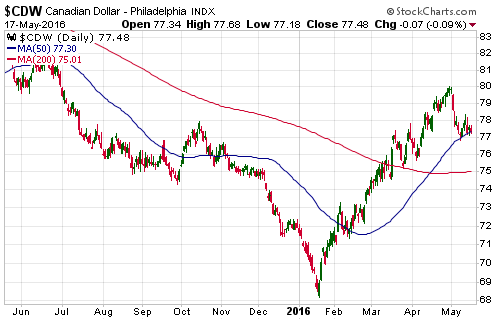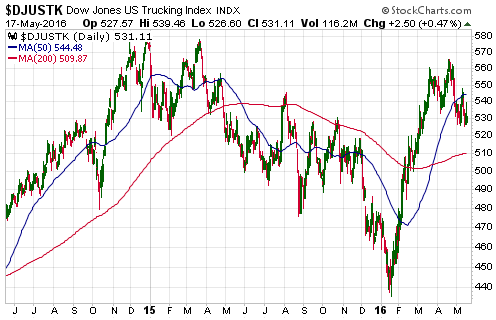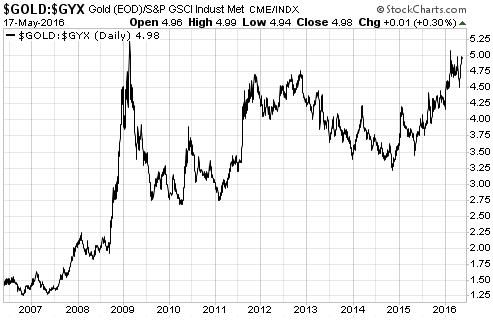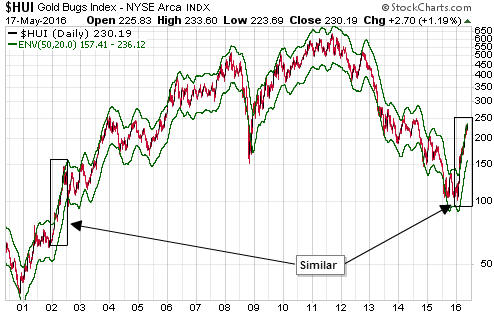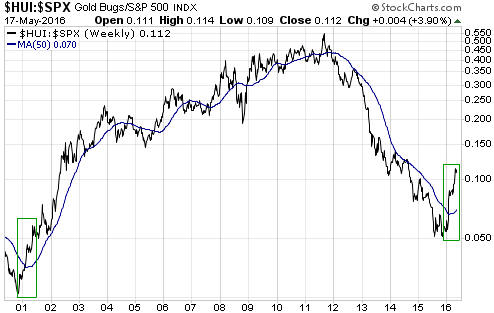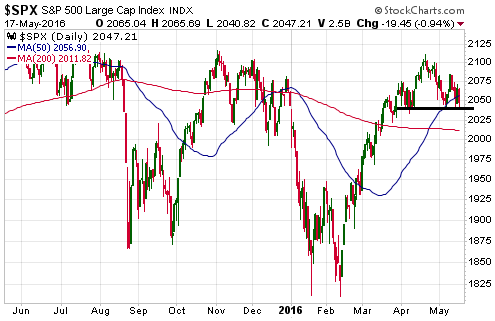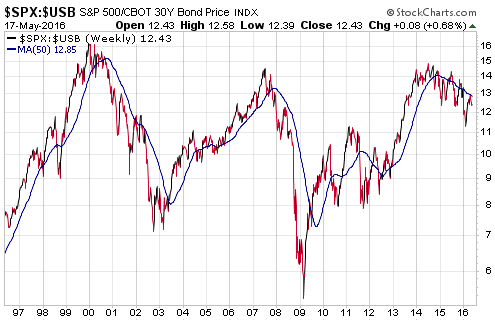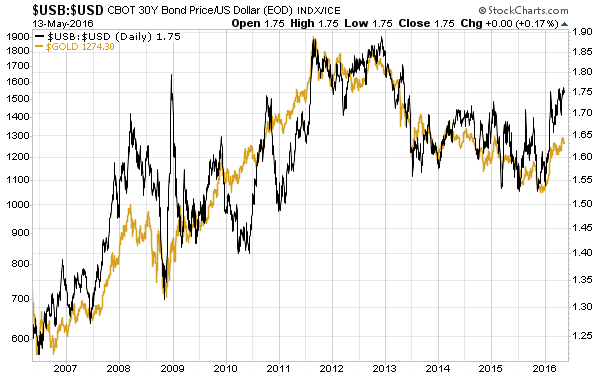This blog post is a modified excerpt from a TSI commentary published a week ago.
Among other things, good money management involves trading around a core position, with the core position being in synch with the long-term trend. In particular, during a strong intermediate-term rally it involves 1) maintaining core exposure in line with the long-term bull market and 2) methodically scaling back to core exposure as prices move sharply upward.
BOTH of the aforementioned tactics must be used to mitigate the risk of suffering a large loss AND the risk of suffering a large opportunity cost. For example, if you don’t sell anything during a strong rally then you are guaranteed to suffer a large loss once the inevitable ensuing decline occurs and you won’t have either the financial or the emotional capacity to take advantage of future buying opportunities. For another example, if you sell everything when you think that the market is close to a top then it will just be a matter of time before you find yourself on the sidelines with no exposure as prices move much higher than you ever thought possible.
In more general terms, good money management involves embracing the reality that while it is possible to measure — by looking at sentiment and momentum indicators — when a market is stretched to the upside or the downside, it is not possible to RELIABLY predict market tops and bottoms. It is not even possible to reliably identify important market tops and bottoms at the time they are happening. Fortunately, and contrary to what some self-styled gurus will tell you, achieving well-above-average long-term performance does not require the reliable prediction of tops and bottoms.
With regard to my own money management, this year’s rally in the gold-mining sector was the first rally in years that was strong enough to prompt scaling back all the way to ‘core’ (long-term) exposure. This entailed selling almost half of my total position.
I might do a small amount of additional selling if there’s another leg higher within the next few weeks, but I have built up as much cash as I want so my next big move will be on the buy side. However, I will not do any buying into extreme strength. I will, instead, wait as long as it takes for the market to reach a sufficiently depressed level, secure in the knowledge that my core exposure covers me against the possibility of ‘surprising’ additional short-term strength.
 Print This Post
Print This Post

